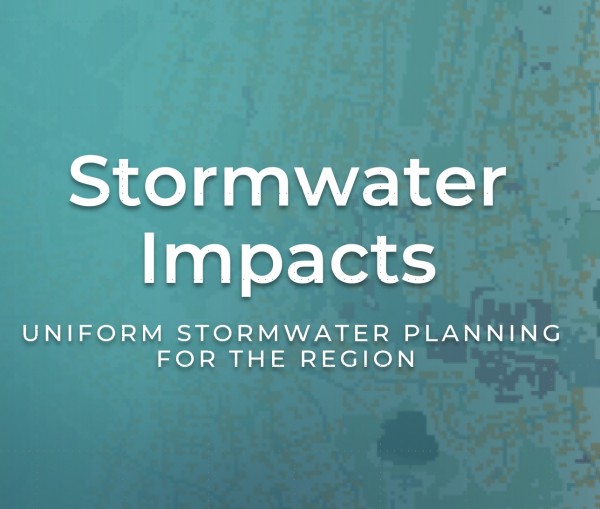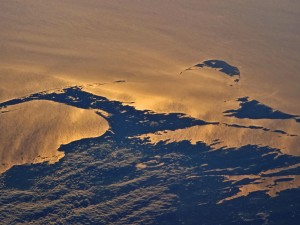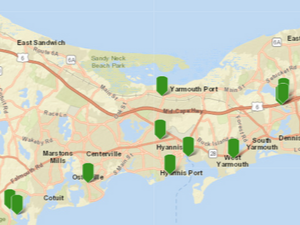Stormwater Policies and Regulations
Massachusetts Stormwater Management Standards
Stormwater Management Standards are formalized in the Massachusetts Department of Environmental Protection’s Stormwater Policy and incorporated into the Wetlands Protection Act and the Water Quality Certification Regulations. These standards apply to stormwater discharges from all industrial, commercial, institutional, office, residential and transportation projects. The Massachusetts Stormwater Handbook provides guidance on the Stormwater Policy by detailing best management practices encouraging water infiltration and preventing stormwater discharges from contributing to pollution of surface and ground waters.
Massachusetts MS4 Permits
A Small Municipal Separate Storm Sewer System (MS4) is a system of conveyances owned by the state or town collecting stormwater and discharging to local water bodies. Towns are responsible for managing their municipal sewer systems through the US Environmental Protection Agency's (EPA) Massachusetts Small Municipal Separate Storm Sewer System (MS4) permit. The Cape Cod Commission assists towns in complying with the MS4 permit, incorporating stormwater systems designed to handle increased runoff in a distributed and decentralized manner into community planning efforts, and using improved stormwater management as a tool to reduce nitrogen loading to coastal resources.
Cape Cod Regional Policy Plan
The Cape Cod Regional Policy Plan has five main objectives that guide the maintenance of a sustainable supply of high-quality untreated drinking water and protect, preserve or restore the ecological integrity of fresh and marine surface waters. Water Resource objective 4 addresses stormwater, “Manage and treat stormwater to protect and preserve water quality.” These objectives are applied to Development of Regional Impact project review following specific guidance outlined in the Water Resources Technical Bulletin.
Stromwater Management Tools
Hydrologic Response Units
Planners and analysts can calculate stormwater runoff and pollutant loading in an area of interest, which could be a pond watershed, land surrounding a pond, or other defined area using the Cape Cod Commission’s Stormwater Calculator. Hydrologic Response Units (HRUs) represent areas of common physical characteristics that are expected to respond to precipitation and weather events in a similar way. By combining land cover, land use, and soil type using a crosswalk developed by the EPA, HRUs can help you estimate and compare runoff and pollutant loading from different land areas.
Bylaw Review
Local bylaws and regulations control how stormwater is managed during the permitting of development and redevelopment and have the potential to promote enhanced stormwater management. Stormwater managers and planners can use the Bylaw Review Tool to assess local land use regulations and best practices to identify recommendations to further streamline or strengthen existing regulations. Learn from the Pleasant Bay Watershed’s stormwater bylaw review process.
Stormwater Retrofit Manual
Designers can identify smart site design alternatives to cost-effectively mitigate stormwater impacts on developed sites by using the New England Stormwater Retrofit Manual. The Manual serves as supplemental guidance for users to develop smart site designs using stormwater control measures (SCMs) based on their functional and treatment components and supports configurations to improvement water quality.
SNEP Network
The Southeast New England Program (SNEP) Network provides training and assistance to municipalities, organizations, and tribes to advance stormwater and watershed management, ecological restoration, and climate resilience in Rhode Island and Massachusetts. The Network has a Resource Hub available to the public, which includes resources like the Stormwater Retrofit Manual and Bylaw Review Tool mentioned above, as well as stormwater financing, planning, and maintenance workshops. Additionally, municipalities within the Network region can request technical assistance.



